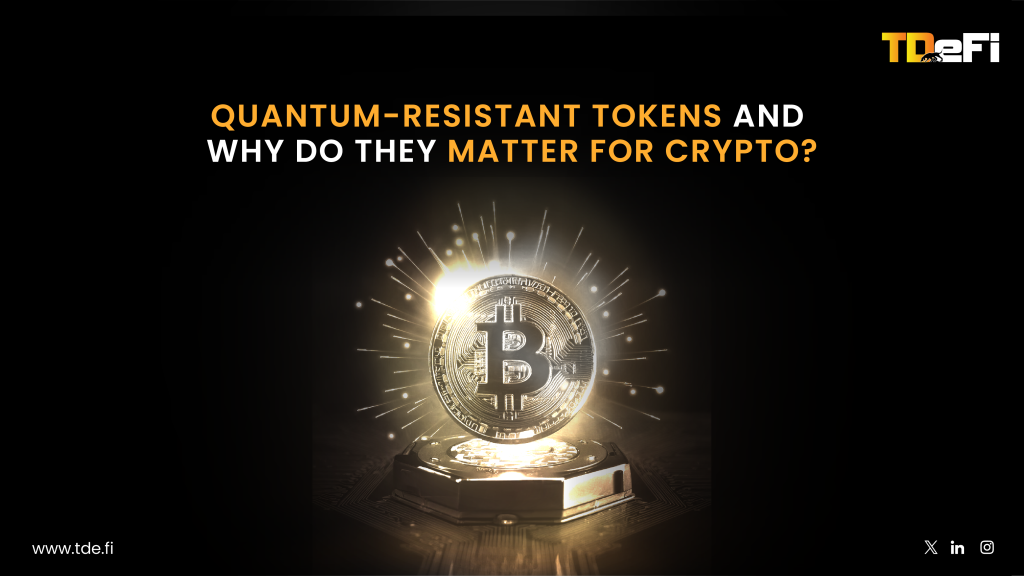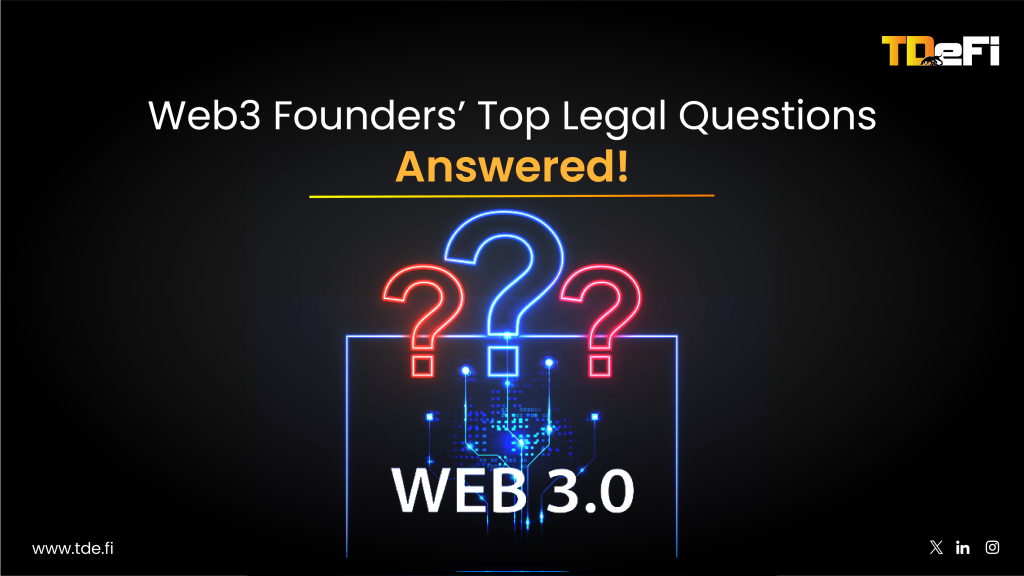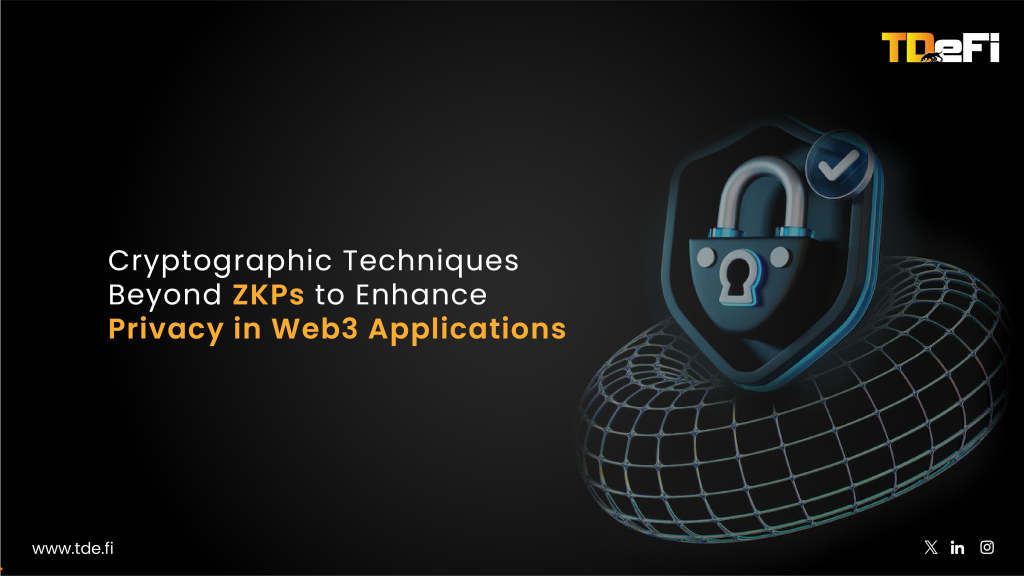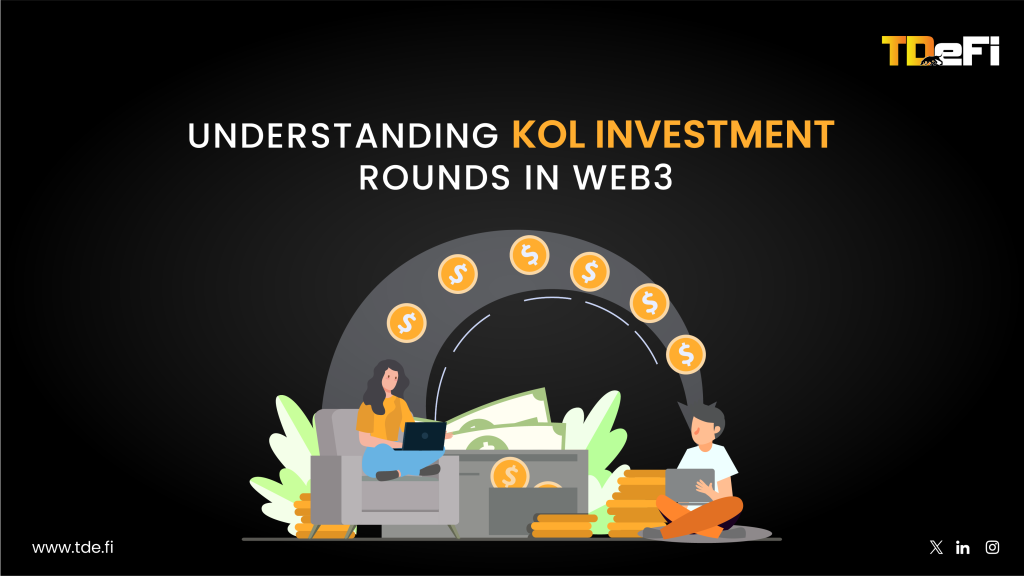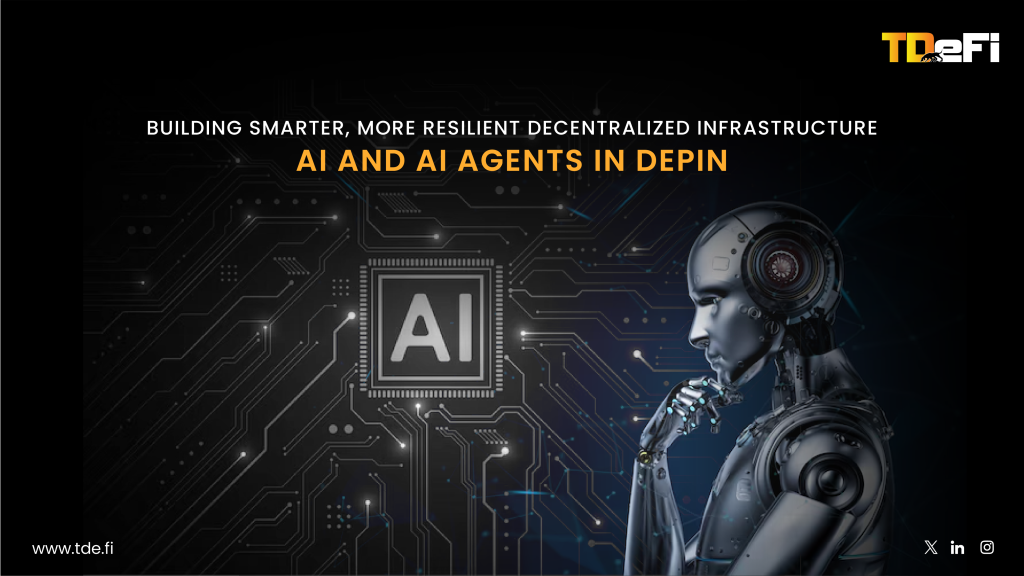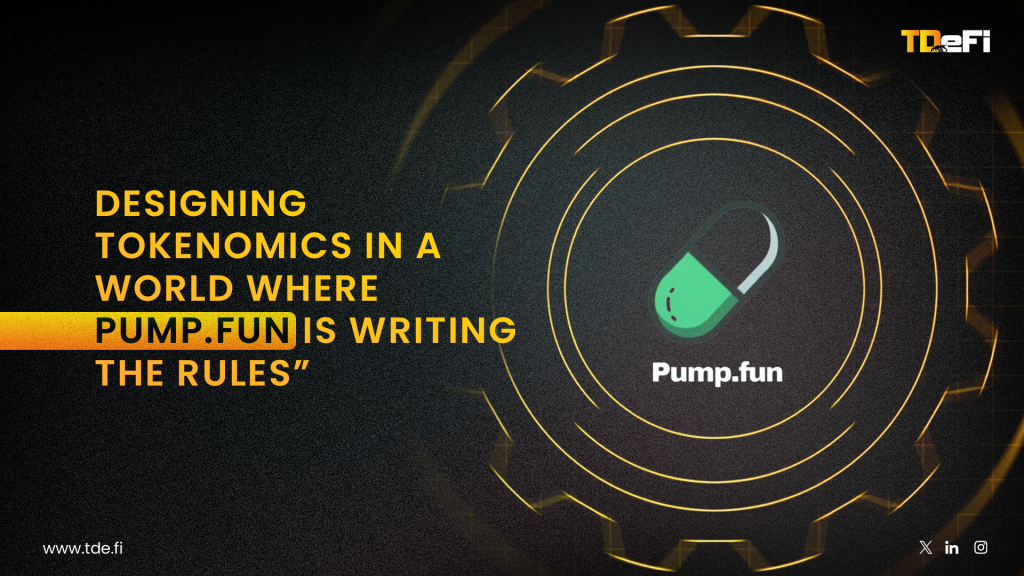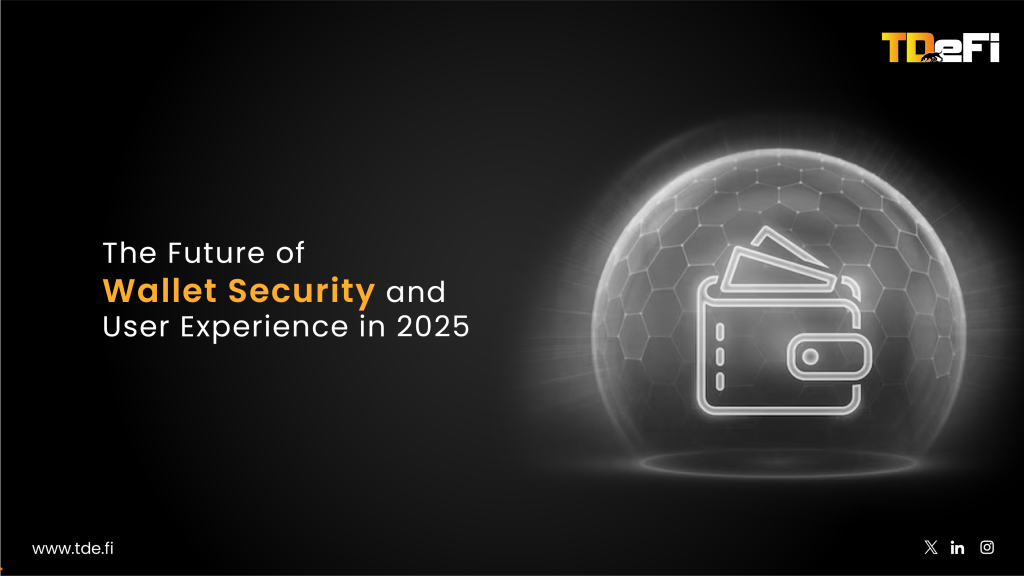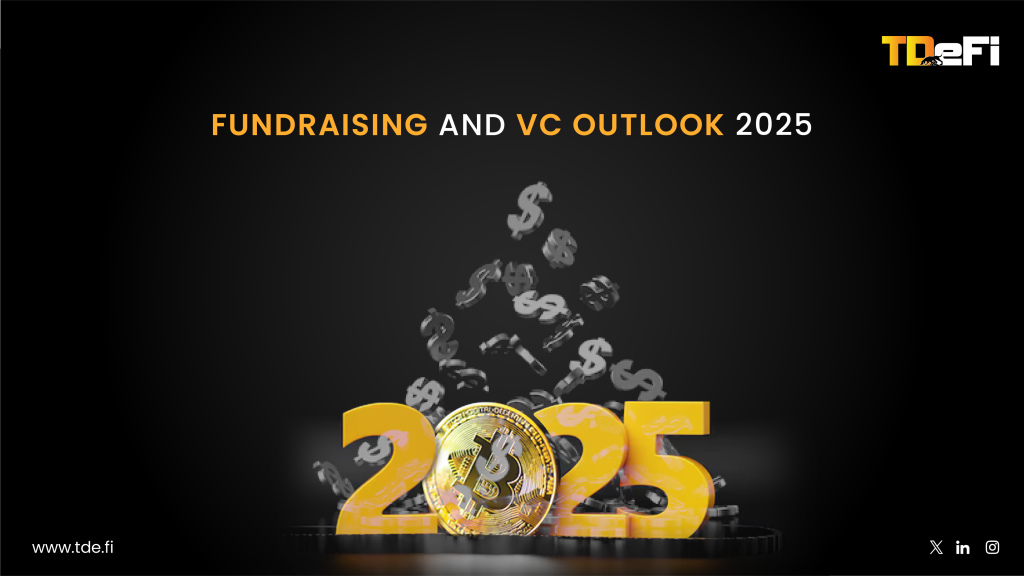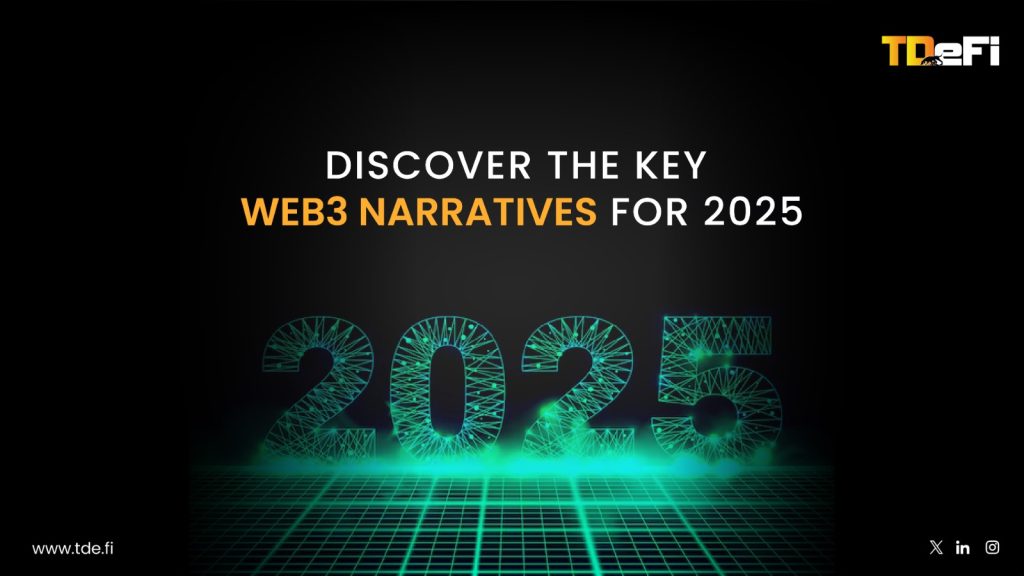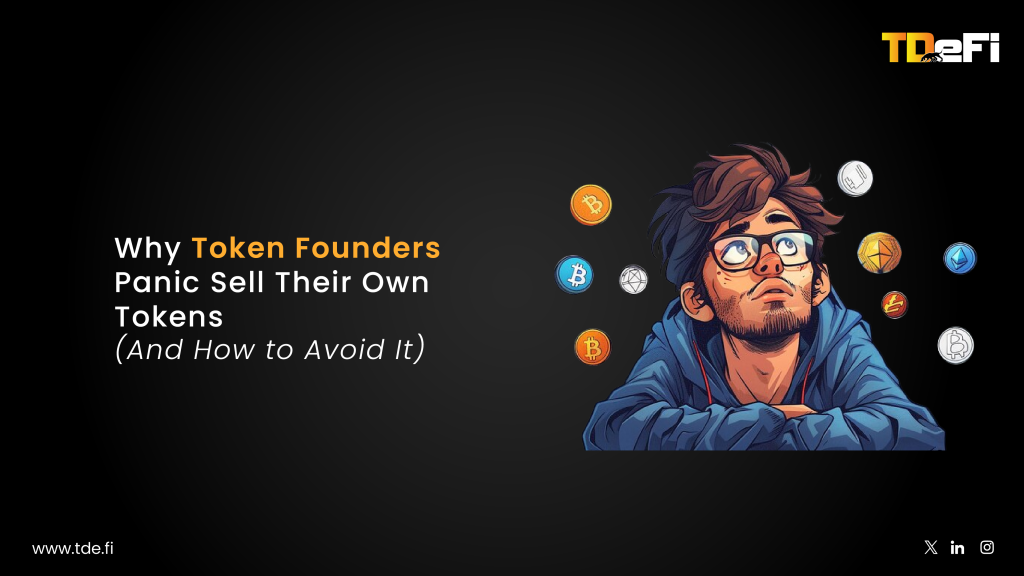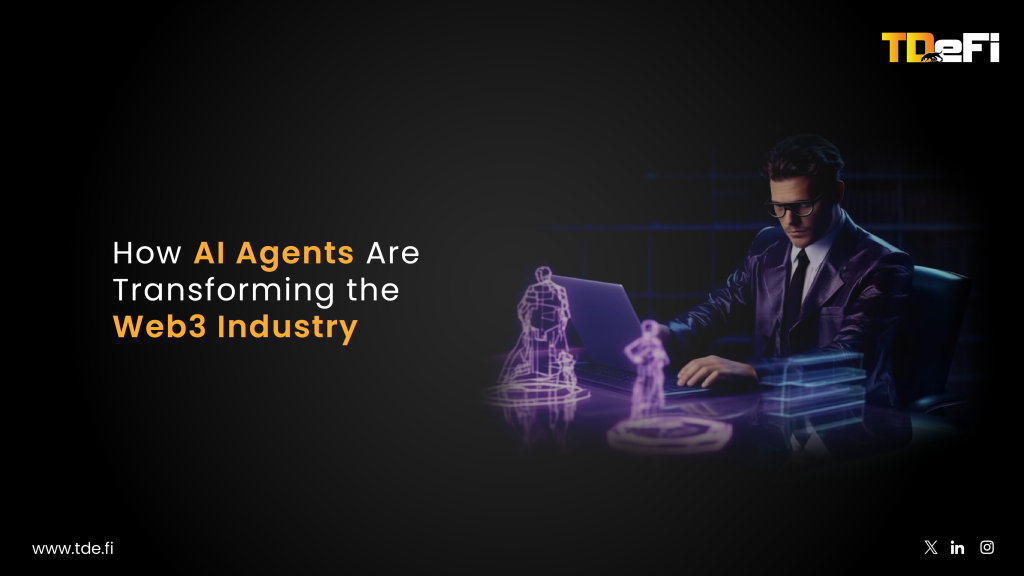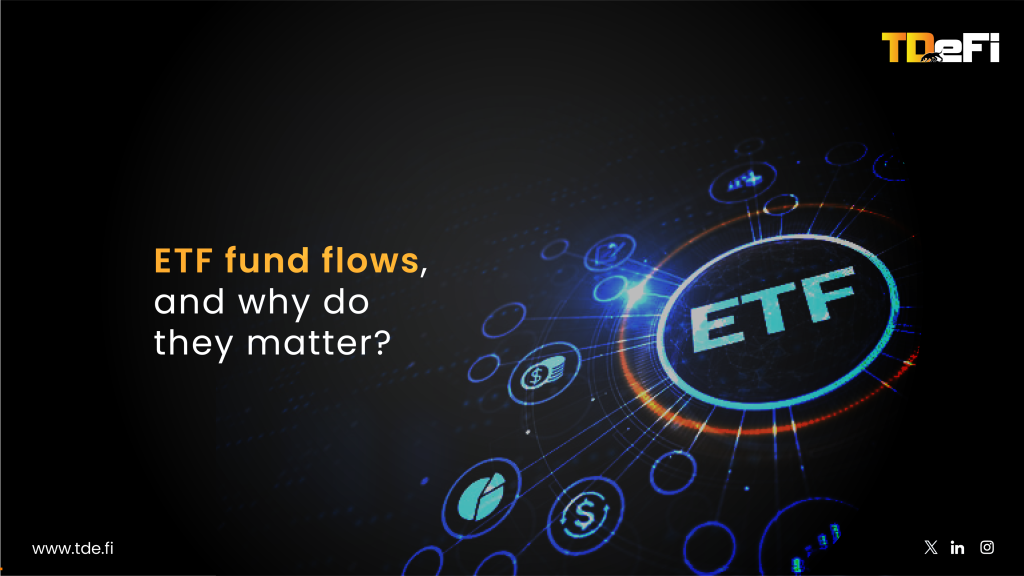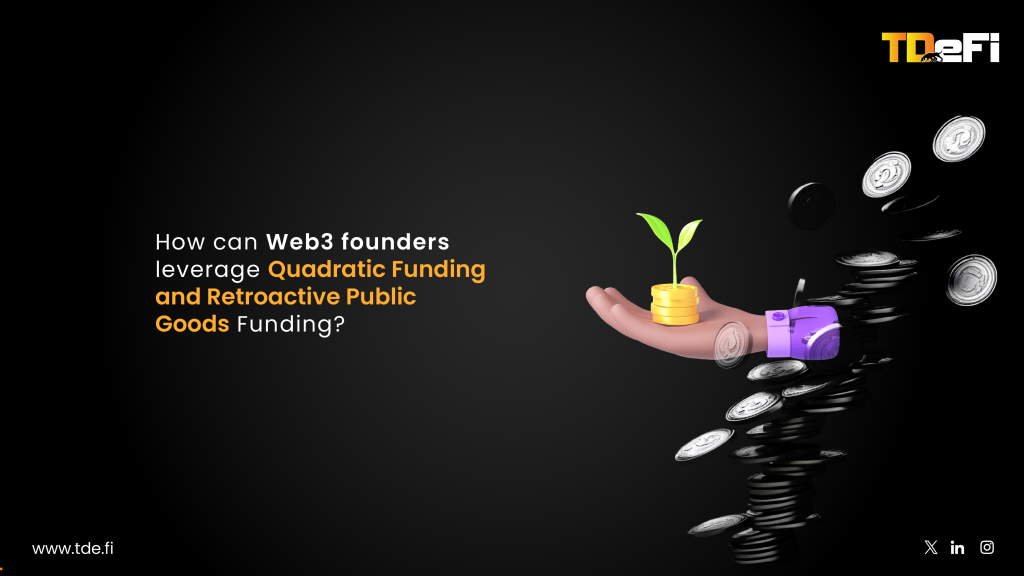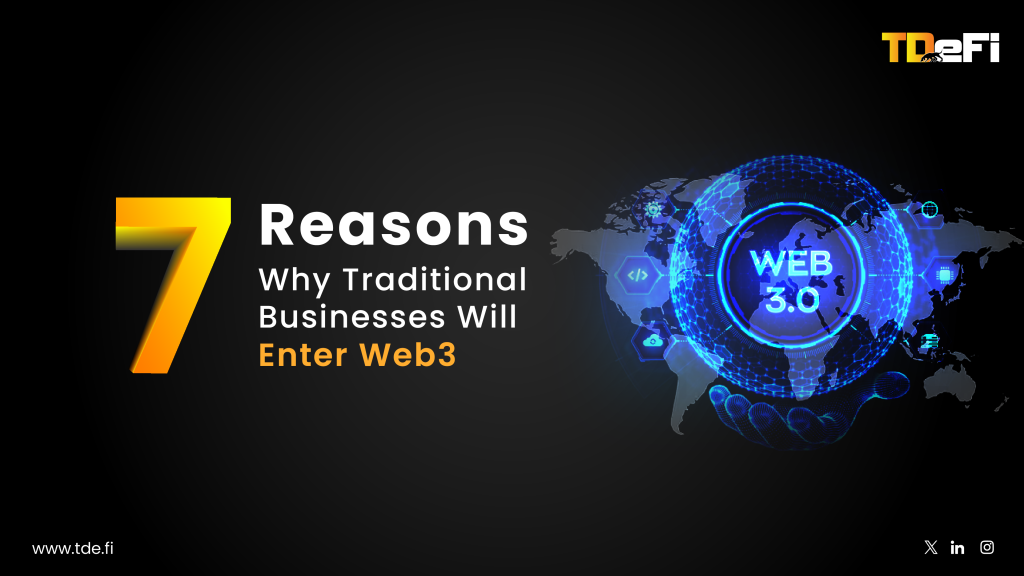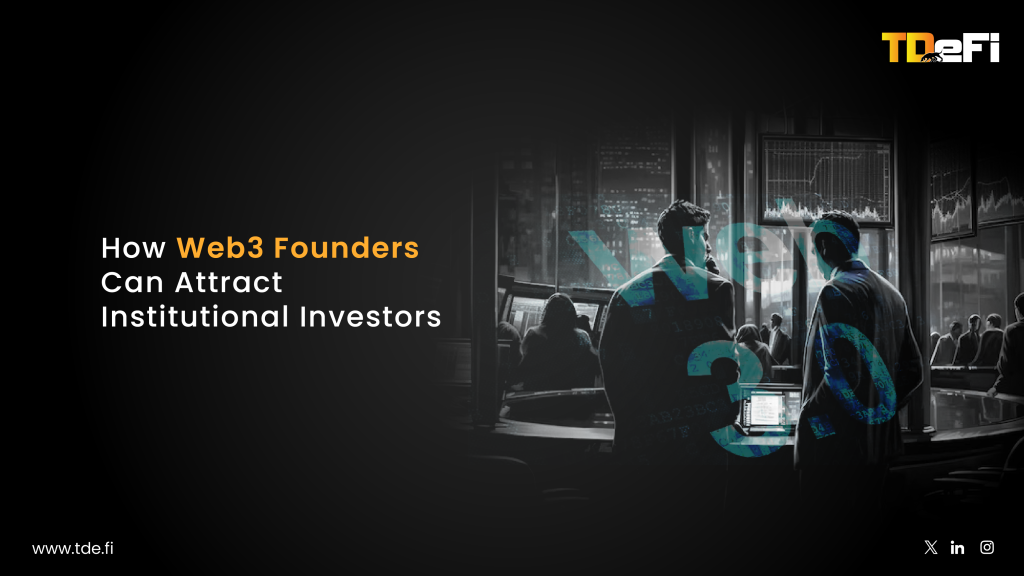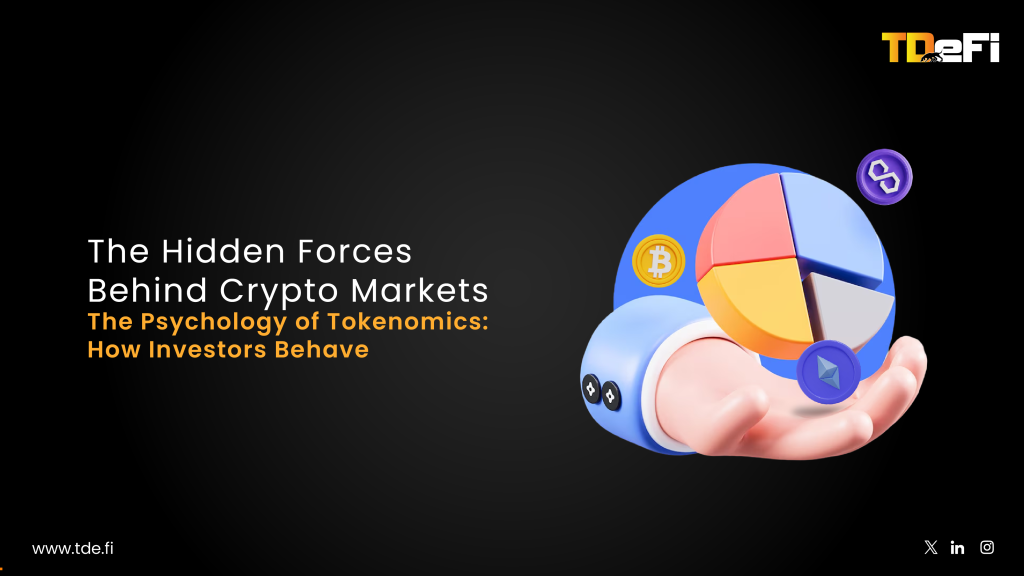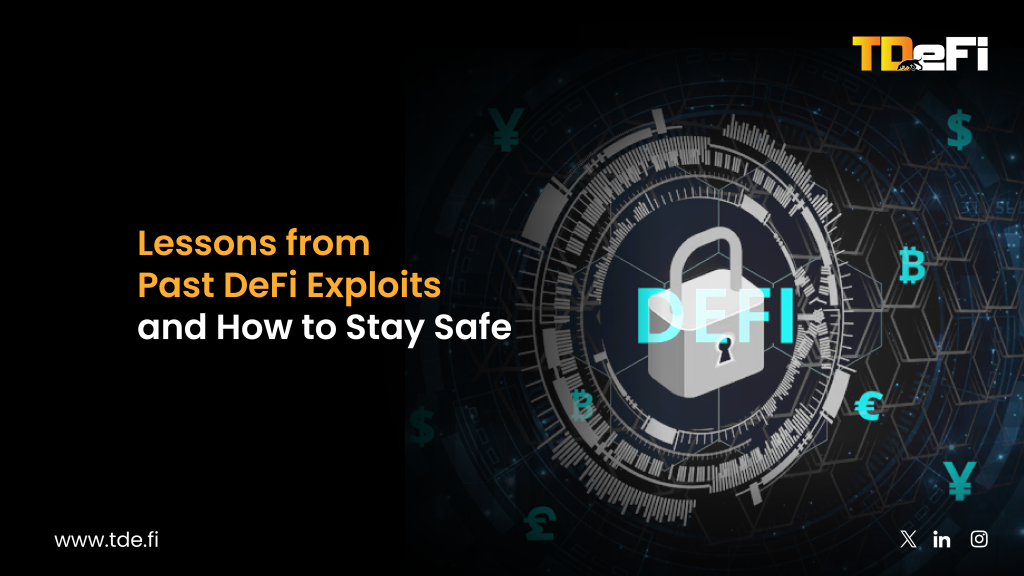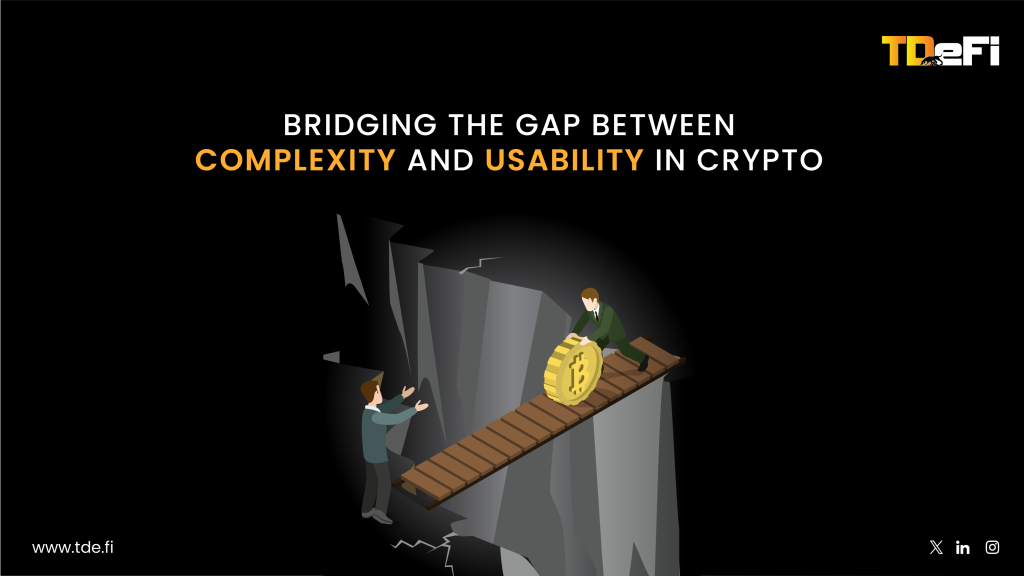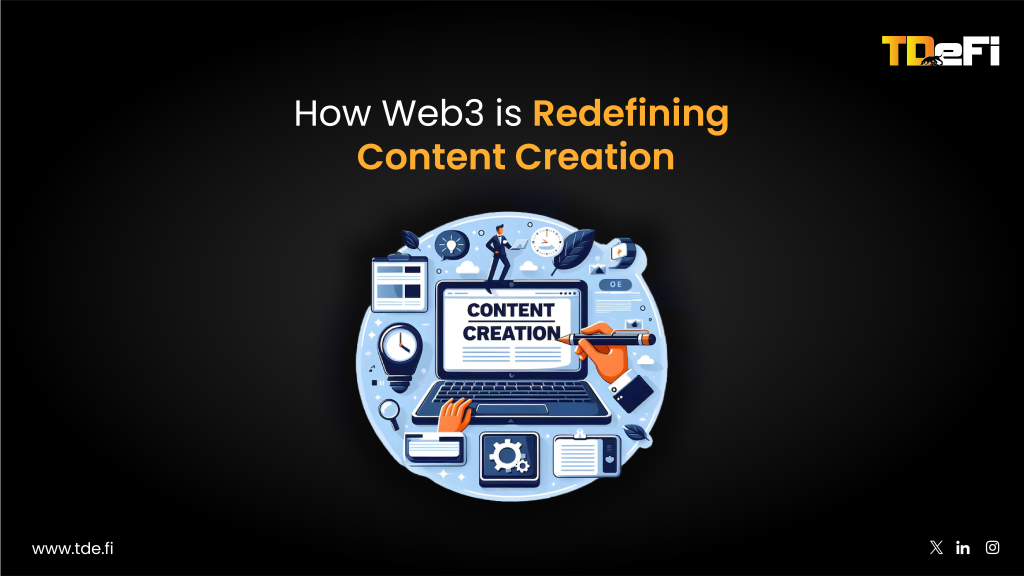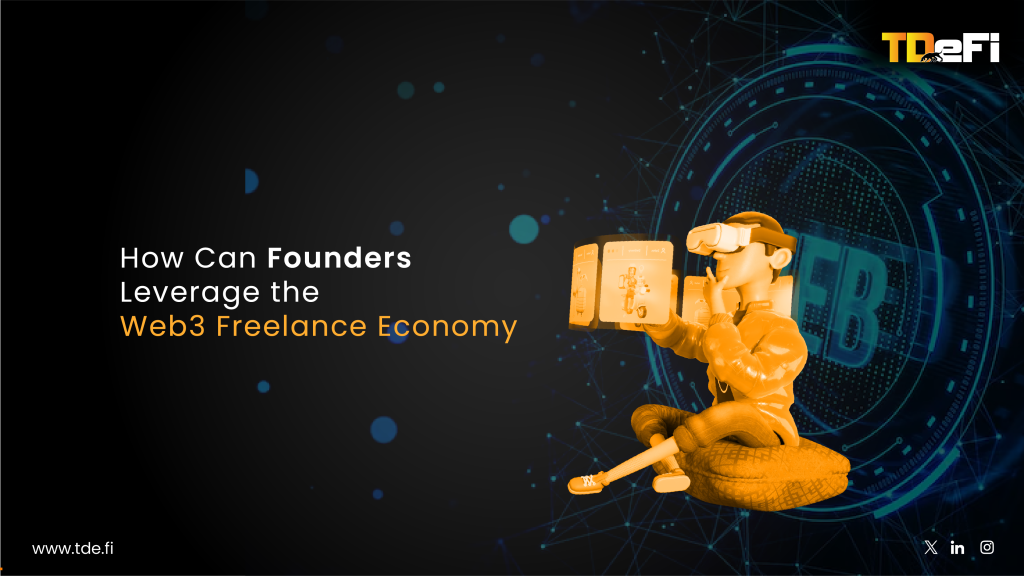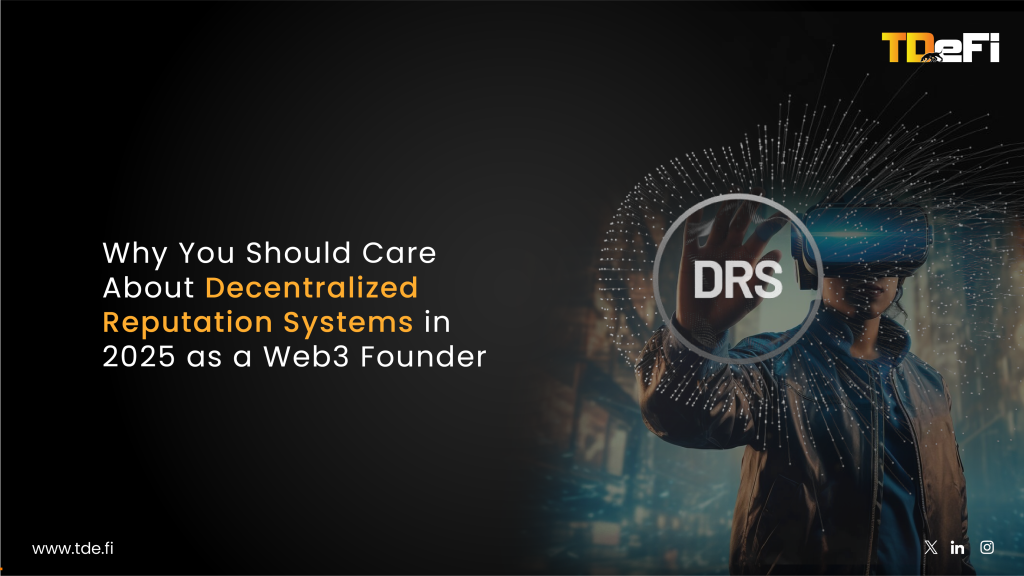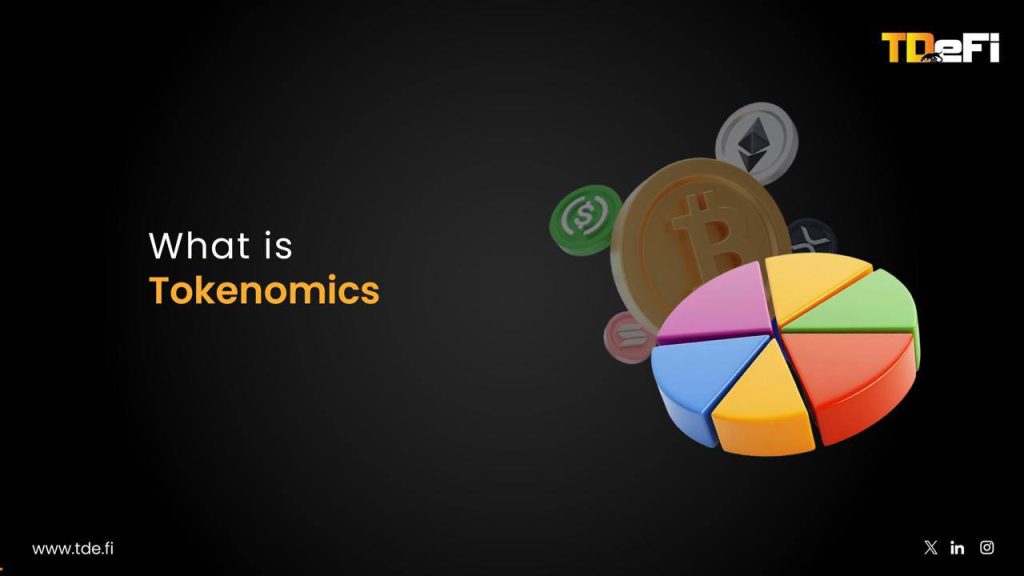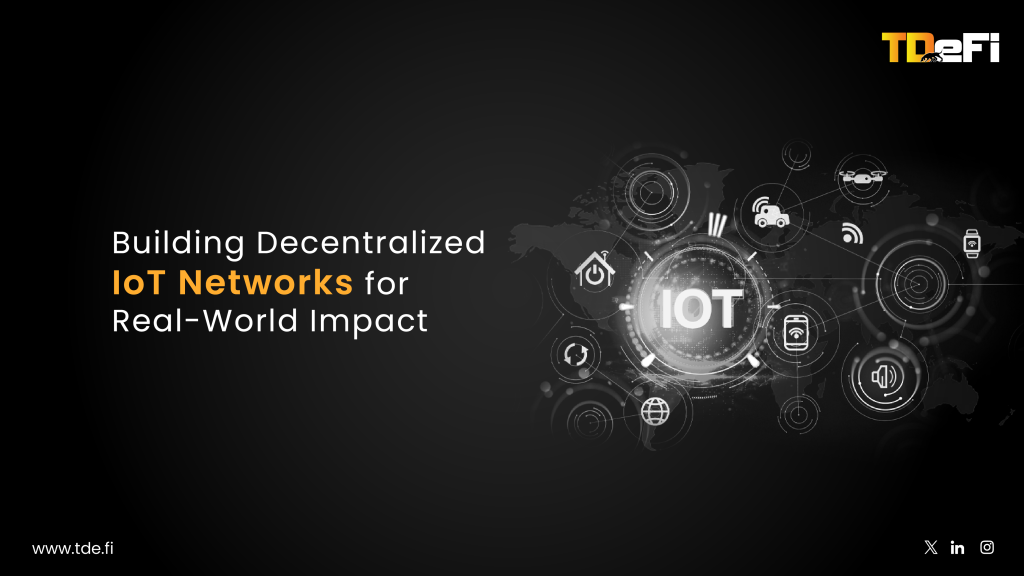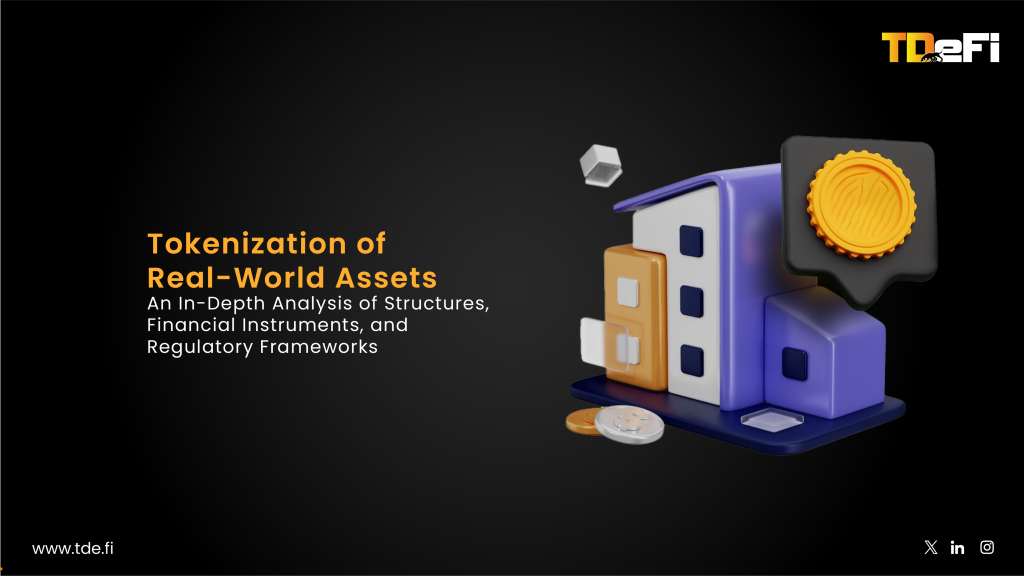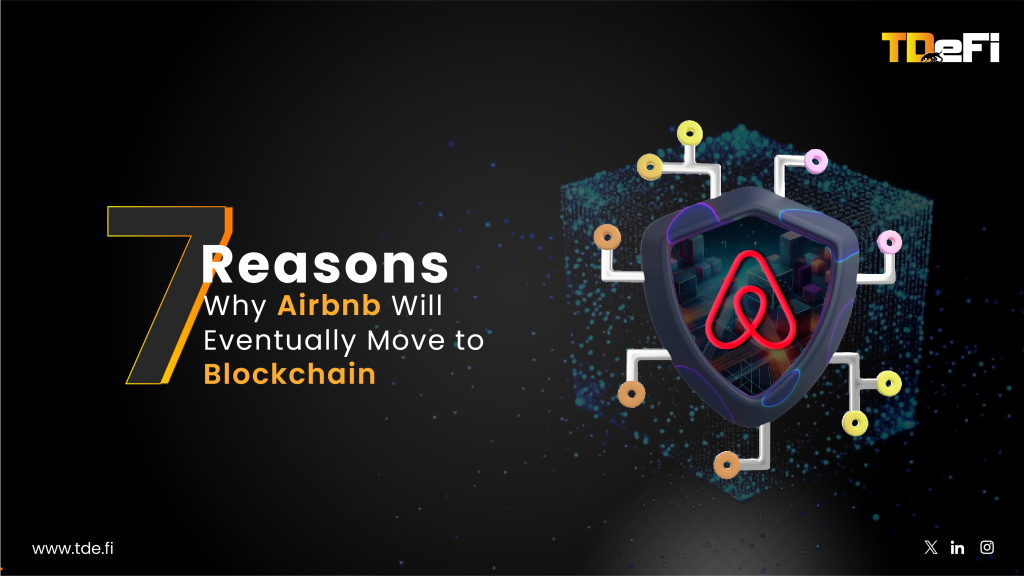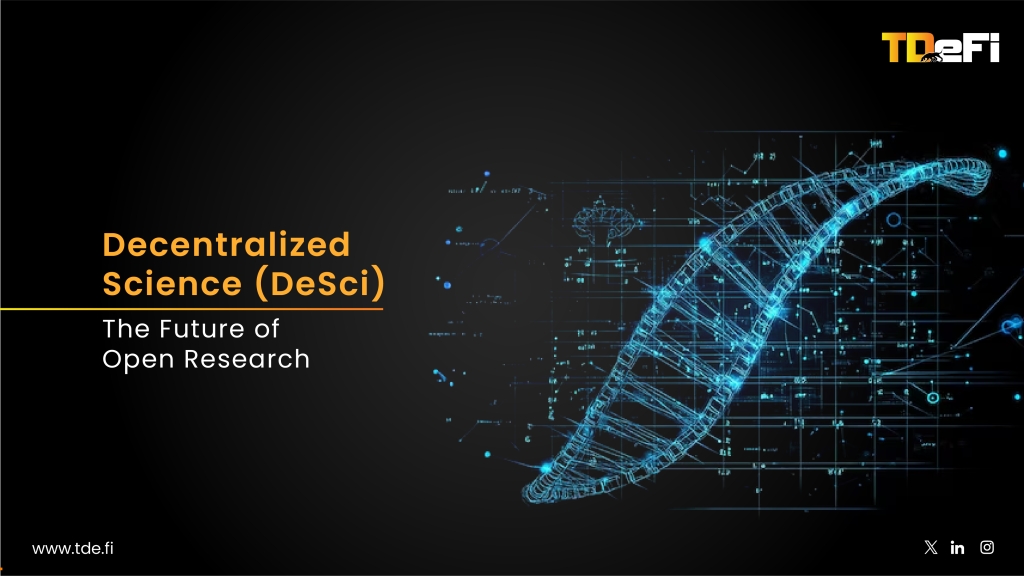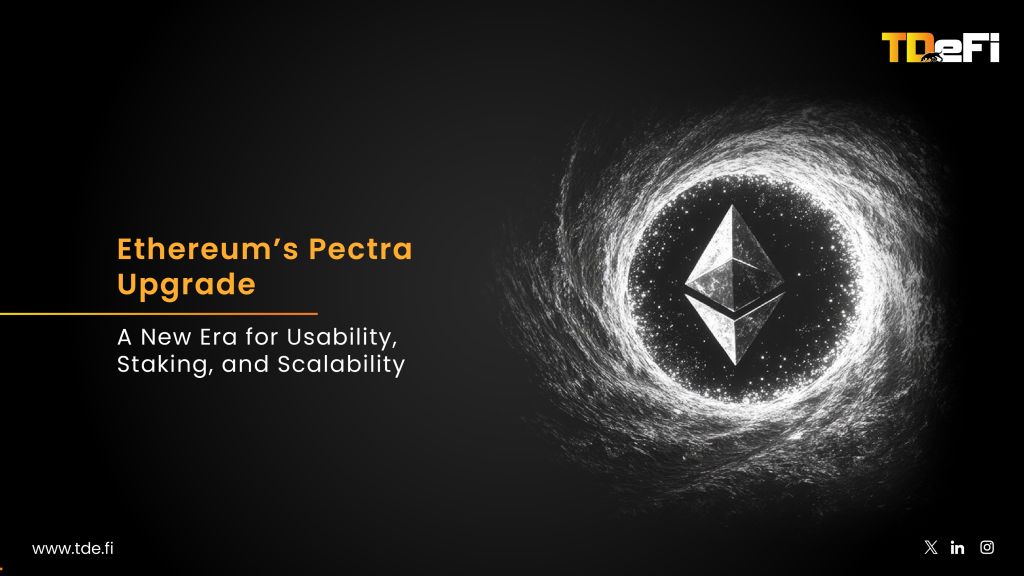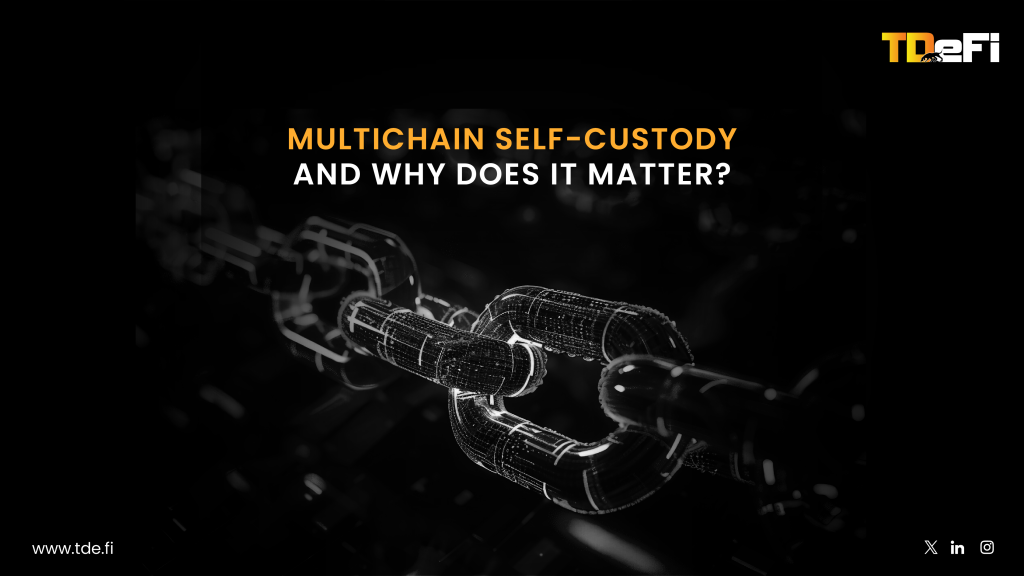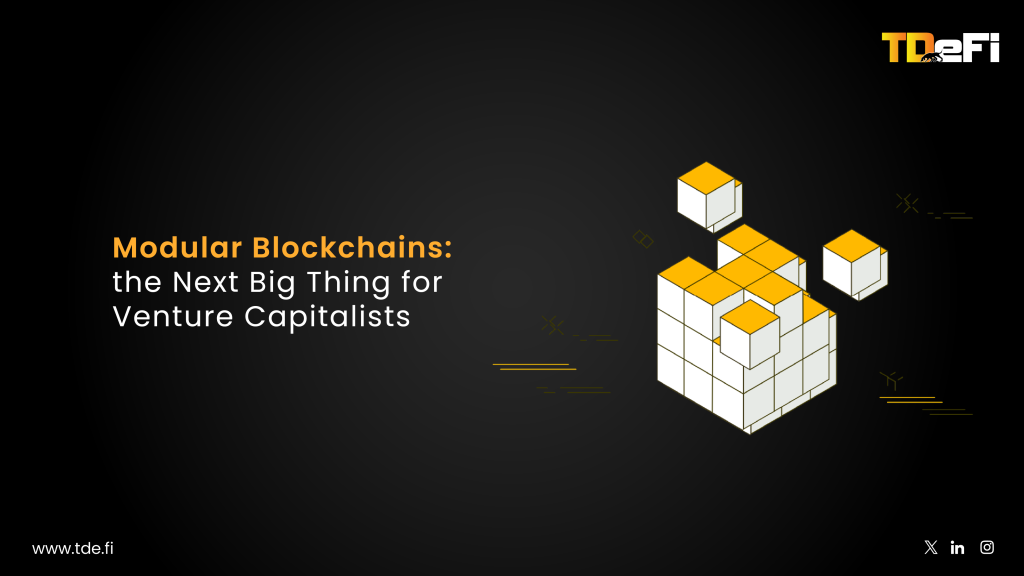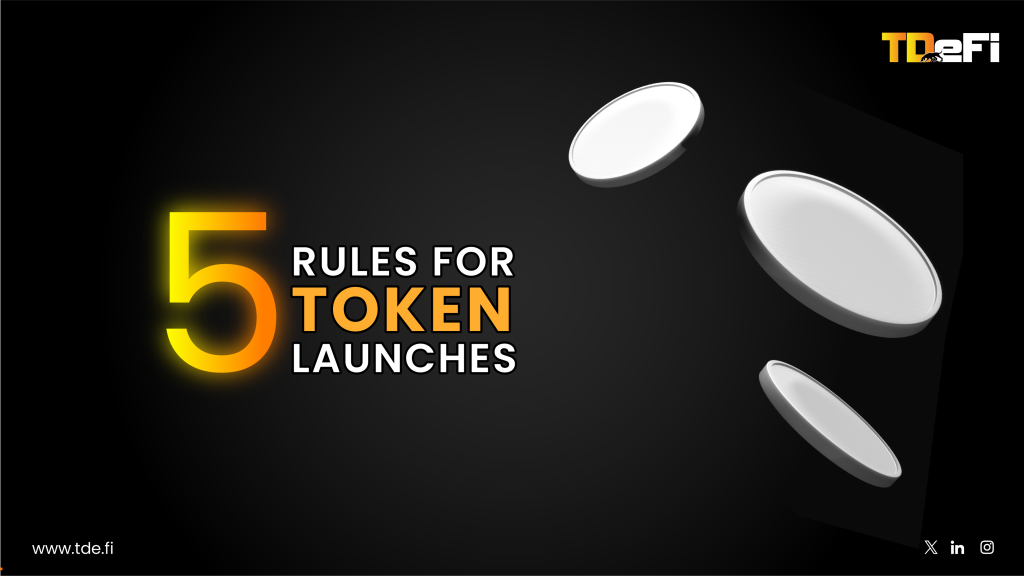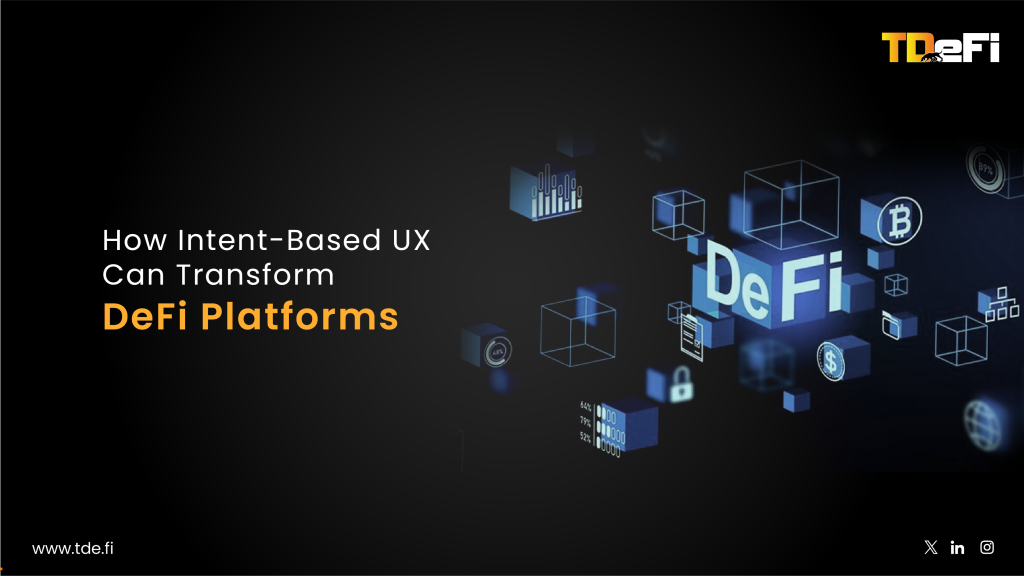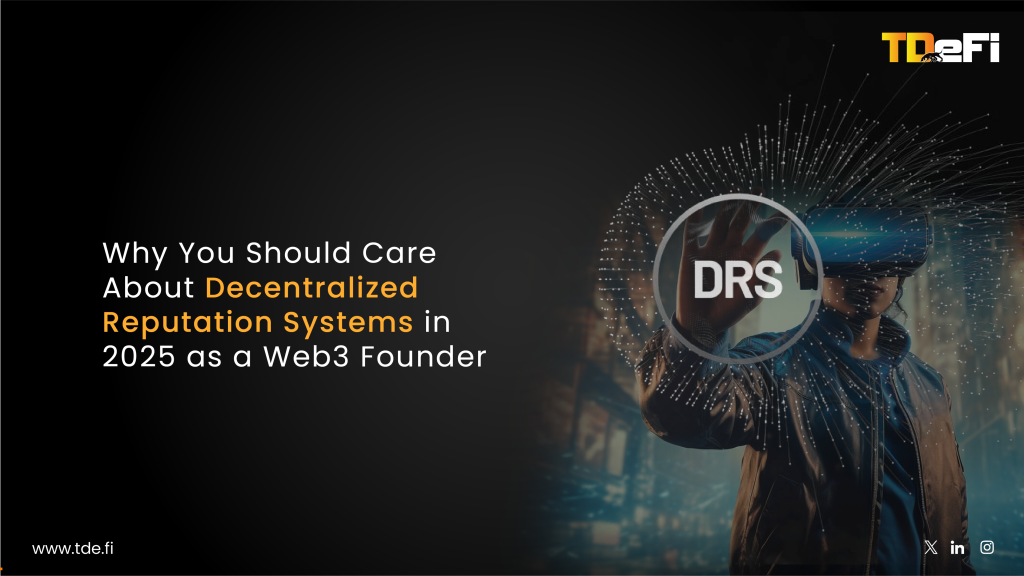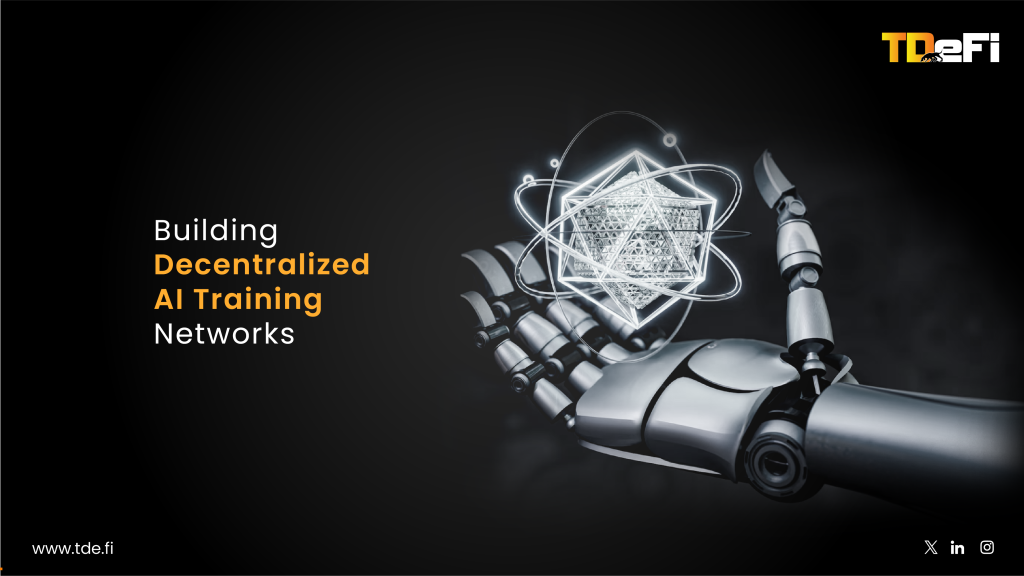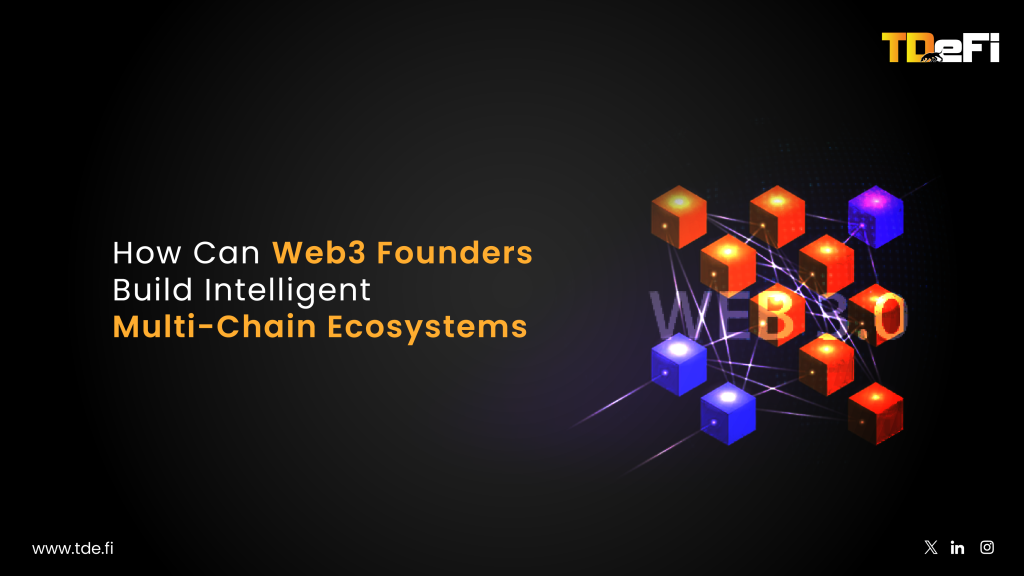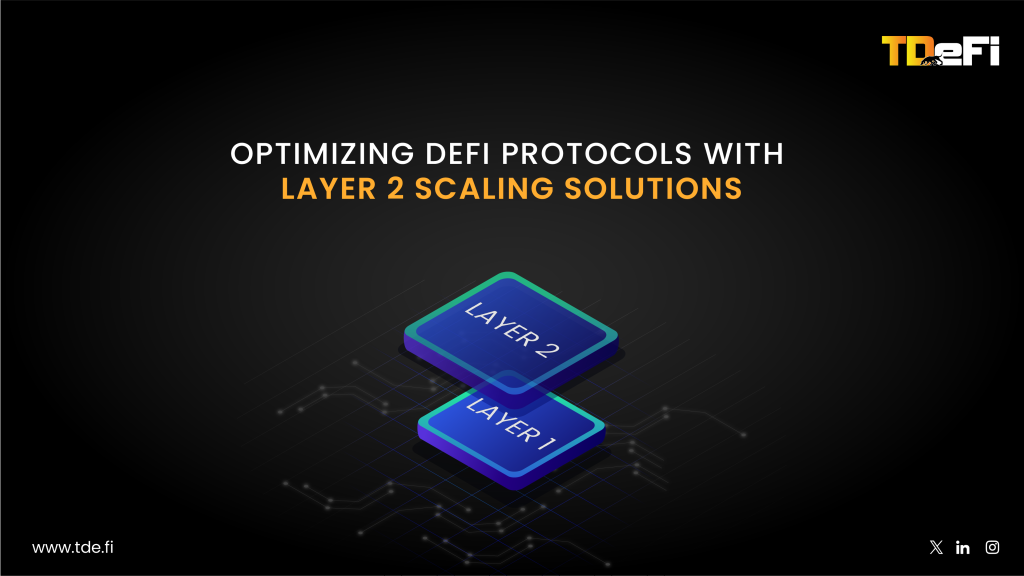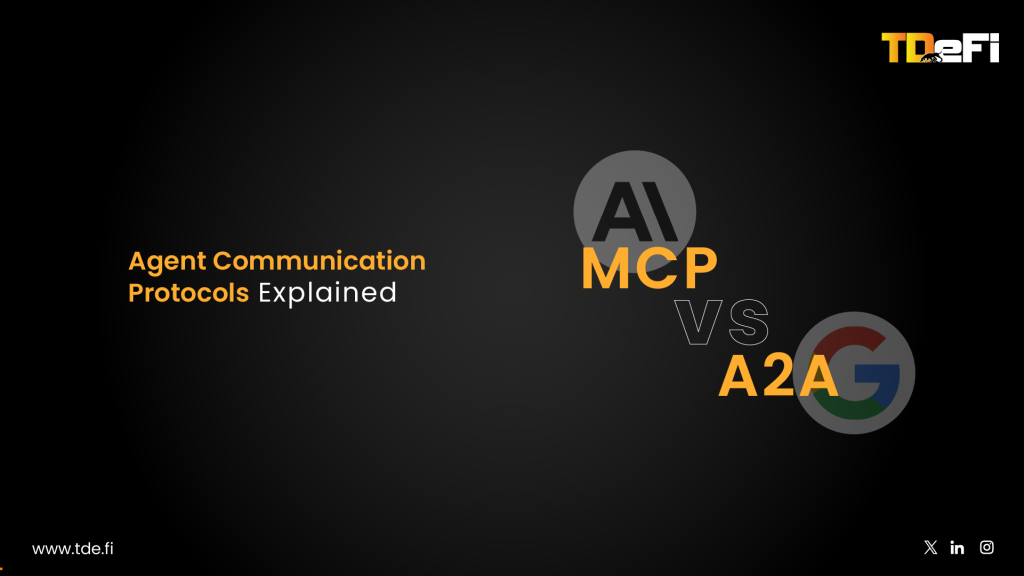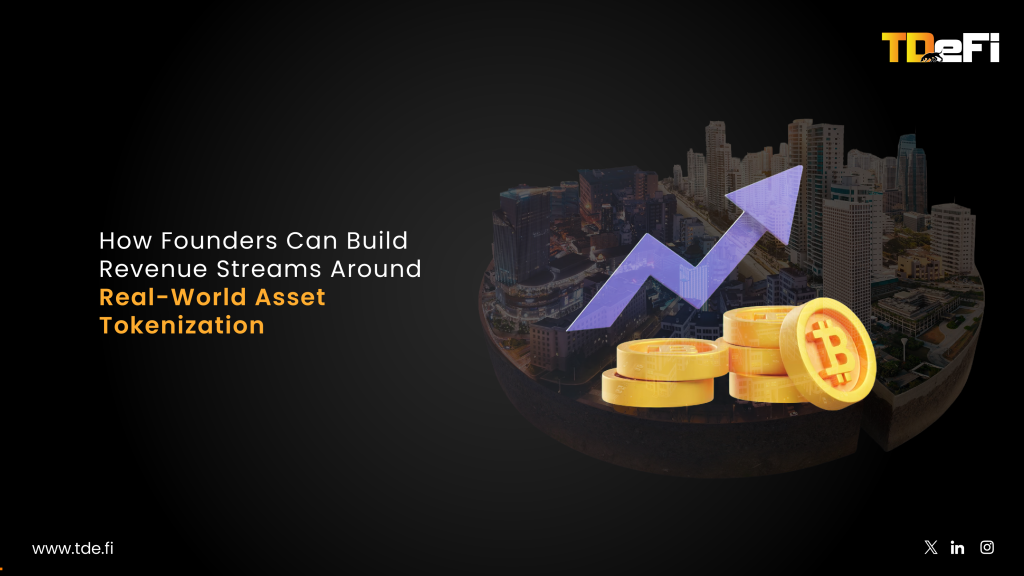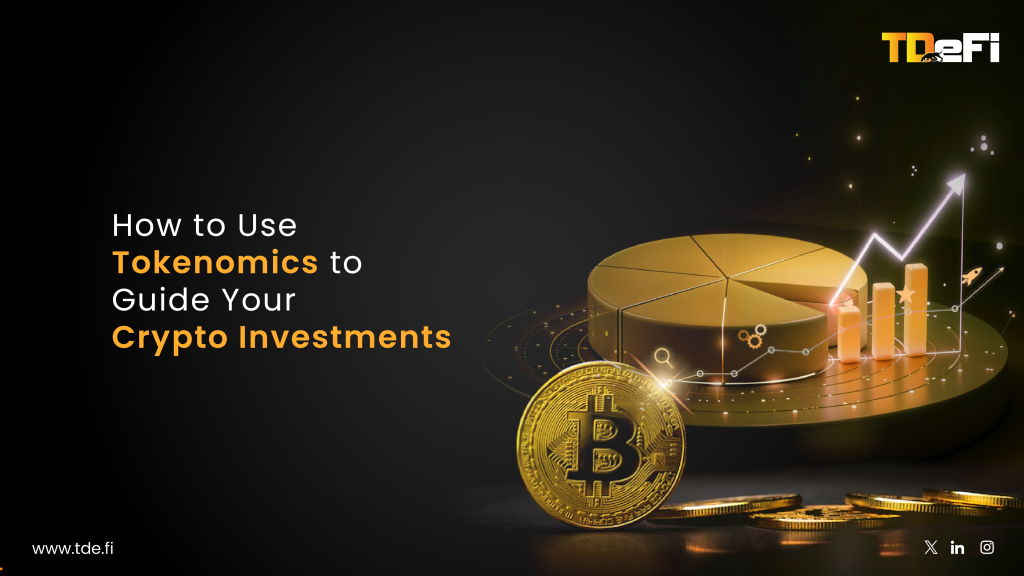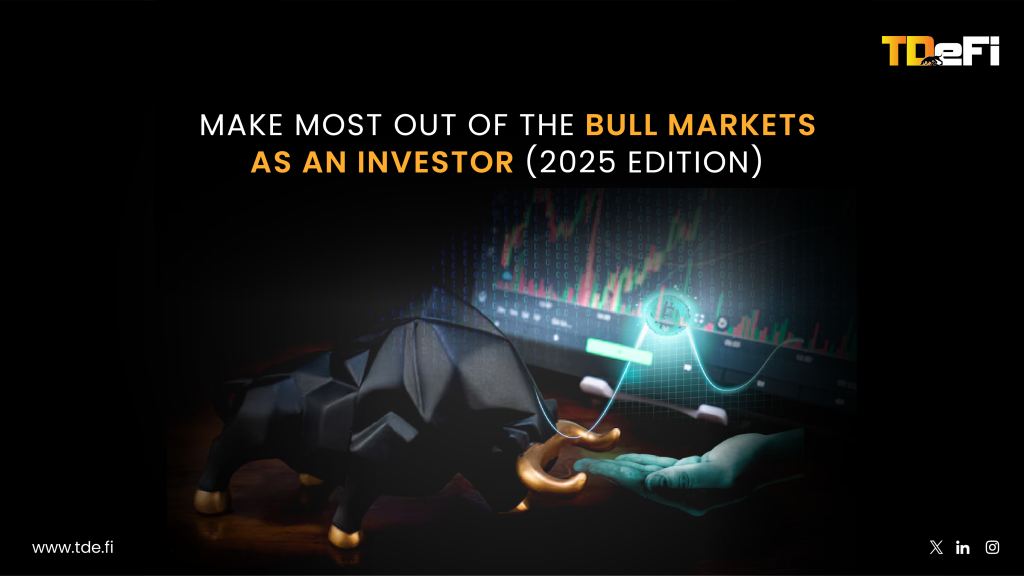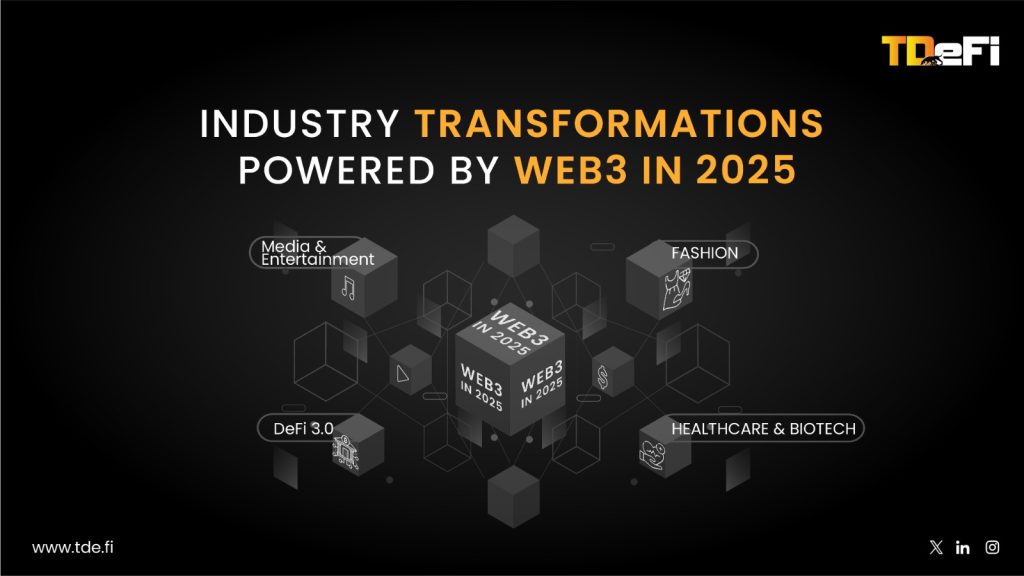TL;DR
Web3 Founders who view tokenomics as a continuously adapting entity are creating DAOs that stand the test of time, beyond hype and regulation. This blog offers a candid, expert-level breakdown of how to design, stress-test, and future-proof your DAO’s tokenomics, with hard-won lessons from the latest successes and failures in the wild.
Intro
Get DAO tokenomics wrong, and you miss the entire point.
In today’s hyper-competitive and closely watched DAO environment, strong economic foundations, resilient incentives, and transparent, adaptive governance are the baseline expectations. For Web3 founders, tokenomics strategy is a make-or-break element, directly influencing whether their DAO will succeed, plateau, or collapse under the pressure of disengaged voters, regulatory storms, or concentrated power.
Let’s now break down the nitty-gritty of DAO Tokenomics.
The 8 Pillars of DAO Tokenomics Design
1. Start with Mission-Driven Incentives
Every DAO’s tokenomics should encode its mission into every aspect of its economic design. Before you set emission rates or vesting schedules, define the behaviors and outcomes you want to incentivize. Is your DAO governing a DeFi protocol, a creative collective, or a multi-chain NFT platform? Your tokenomics must reflect that purpose.
Example: MakerDAO’s dual-token model (DAI for stability, MKR for governance) ties MKR holders’ incentives directly to protocol health. If the system is mismanaged, MKR is burned to cover losses-ensuring that governance has real economic skin in the game
2. Engineer Scarcity and Fairness
Token supply and distribution are not one-size-fits-all. Fixed supply can create digital gold, but inflationary models can bootstrap growth-if managed transparently and fairly. The psychology of supply matters: a larger supply can create a sense of affordability and liquidity, while a smaller supply can drive scarcity and exclusivity.
Example: Uniswap’s UNI airdropped 15% of supply to early users, instantly decentralizing governance and rewarding the community that built the protocol. In contrast, protocols that front-load team and investor allocations often see early dumps and eroded trust.
3. Embed Real Utility Beyond Governance
If your token’s only use is voting, expect disengagement. The most resilient DAOs embed utility directly into their token model-staking, access, collateral, or revenue-sharing.
Example: Compound’s COMP token is earned by users who lend or borrow, not just by holding. This ensures that governance power accrues to those driving protocol growth.
4. Design Governance for Decentralization and Effectiveness
DAO governance must balance openness and efficiency. Too open, and you get spam or plutocracy; too closed, and you risk capture. The best DAOs blend on-chain voting, delegate systems, and time-weighted or reputation-weighted models.
Example: Curve upgraded its governance in December 2024 to unify locking, voting, delegation, and rewards, introducing risk scores, DAO discussion summaries, and gasless voting via EIP-712 signatures. Over 120 active proposals in Q1 2025 and 38,000 daily active users show that thoughtful design drives real engagement
5. Incentivize Builders and Contributors
DAOs live or die by the quality of their active contributors. Tokenomics should reward meaningful participation-not just holding or speculating.
Example: Optimism’s Retro Funding program allocates OP tokens to builders after they deliver measurable value, not before. In 2025, Optimism is refining this with data-driven, mission-based rewards, using monthly evaluation algorithms to allocate up to 8M OP per mission.
6. Ensure Transparency, Security, and Regulatory Readiness
Tokenomics must be auditable, treasury flows transparent, and governance open to scrutiny. This builds trust with both users and regulators.
Example: Lido uses multi-sig wallets, public dashboards, and regular audits to build trust and resilience
7. Build for Adaptability
The most successful DAOs treat tokenomics as a living system. Use smart contracts to adjust emissions, fee splits, or rewards based on real-time data and community feedback.
Example: MetisDAO uses algorithmic adjustments and cross-chain bridges to balance supply and demand.
8. Stress-Test for Black Swans and Edge Cases
Design for the unexpected. What happens if a whale tries to take over? If a bug drains the treasury? If regulatory winds shift?
Example: Aave’s Safety Module lets stakers backstop protocol risk, protecting against smart contract exploits.
Closing Thought
Beyond just distributing tokens, a DAO’s tokenomics is about engineering the economic and governance engine that drives sustainable, decentralized collaboration. Effective DAO tokenomics aligns incentives, ensures transparent and fair resource allocation, and empowers every stakeholder-from core contributors to the newest community member-to participate meaningfully in governance and growth.
At TDeFi, we don’t just advise on tokenomics, but also help founders to architect systems that can weather market cycles, regulatory scrutiny, and the toughest governance challenges. Explore more here.



